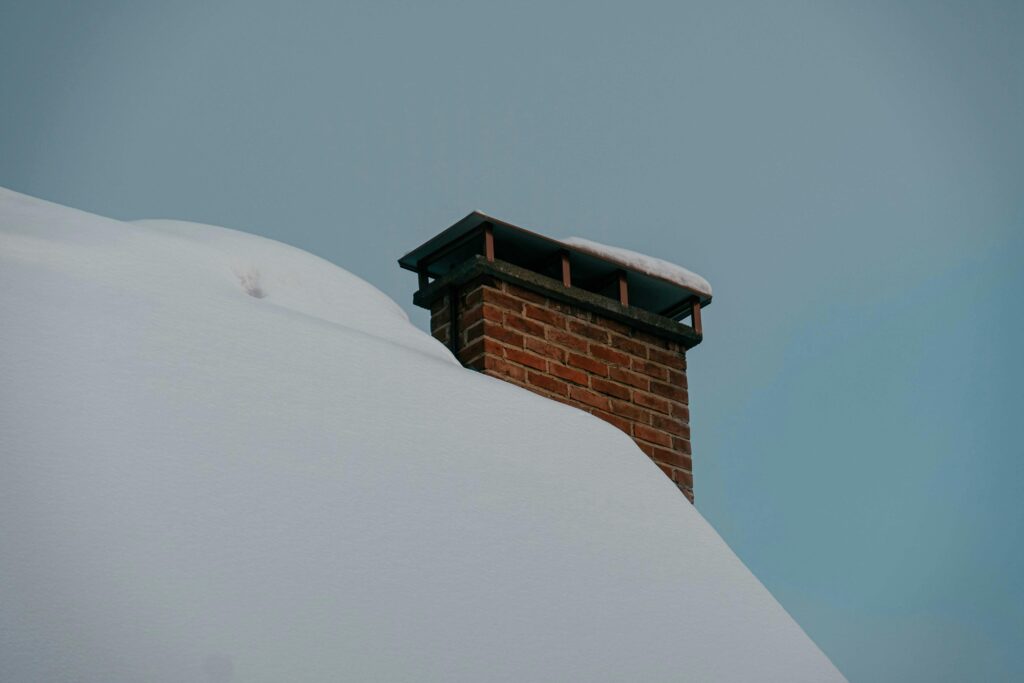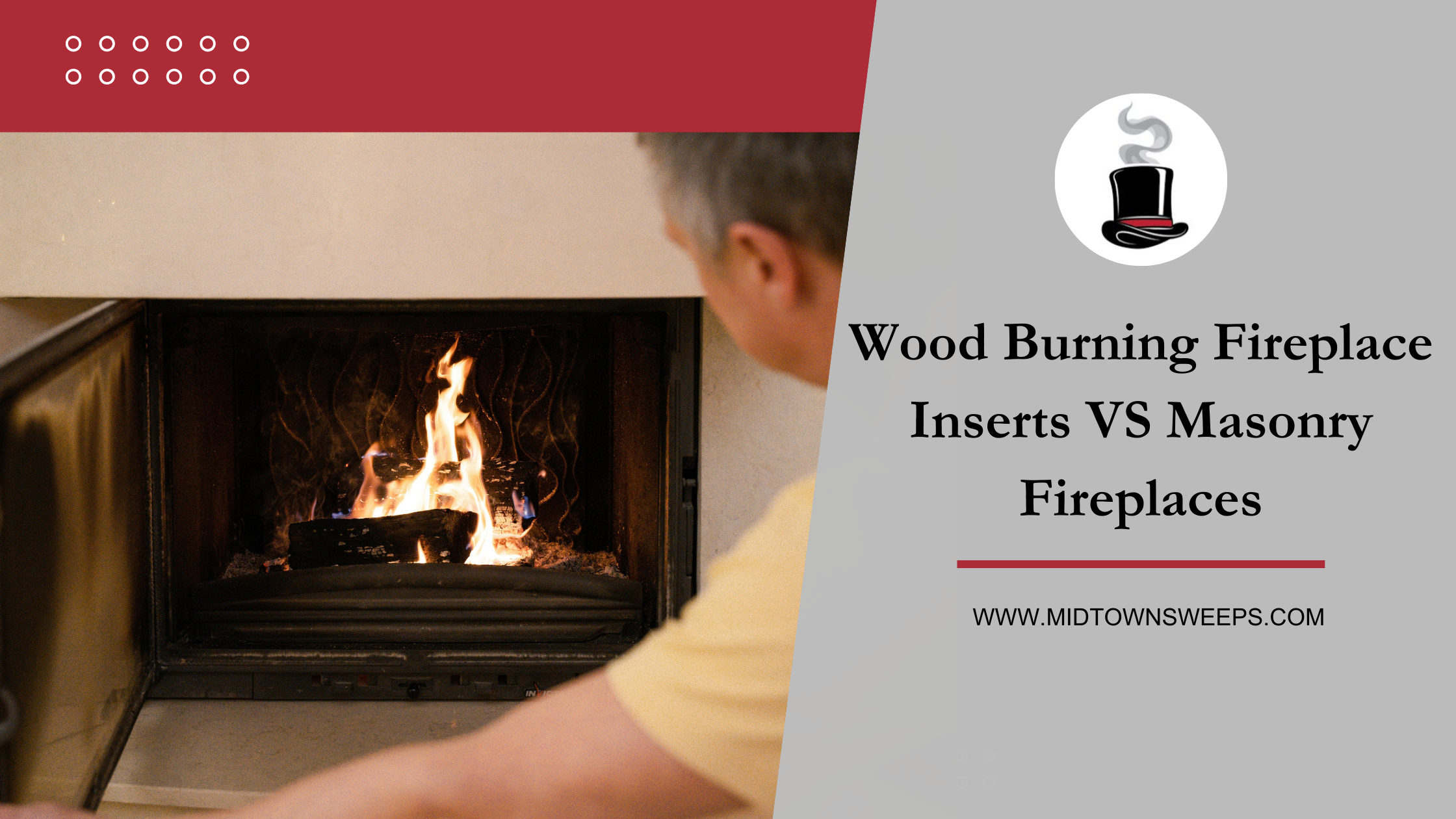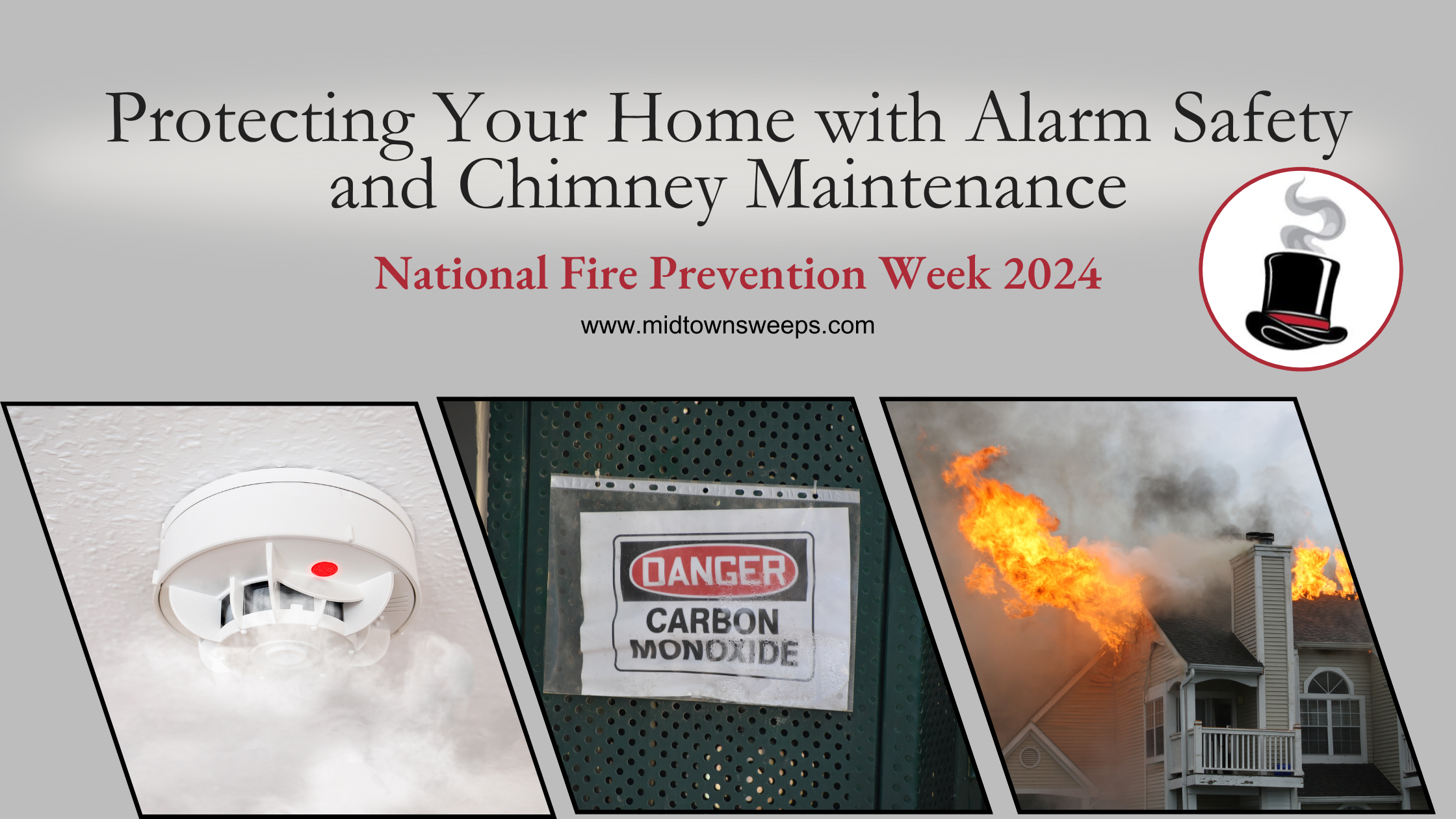As the crisp air of autumn rolls in, and the first hints of frost start creeping into the evenings, homeowners begin thinking about the warmth and comfort of a glowing fire. There’s nothing quite like the cozy ambiance of a crackling hearth during the cold months. However, before you get too comfortable lighting that first fire, there’s an important question to ask: Is your chimney ready?
Chimney maintenance often falls into the category of “out of sight, out of mind,” especially during the warmer months. But as winter approaches, ensuring your chimney is clean, safe, and ready to handle the demands of the season is essential. Whether you’re a seasoned wood-burner or new to using fireplaces and stoves, this guide will walk you through everything you need to know to get your chimney ready for winter.
The Importance of Chimney Maintenance
Chimneys play a vital role in venting smoke and gases from your fireplace or wood stove. However, they also accumulate soot and creosote, which can lead to serious safety hazards if not properly maintained. Here’s why chimney maintenance should be at the top of your winter prep list:
- Creosote Buildup:
- What is Creosote? Creosote is a black, tar-like substance that forms when wood burns. It condenses on the cooler surfaces of the chimney flue, especially in areas where the smoke slows down. Creosote is highly flammable, making it a significant fire hazard.
- Why It Matters: Over time, if left unaddressed, creosote buildup can lead to a dangerous chimney fire, as the heat from a fire can ignite the creosote. The National Fire Protection Association (NFPA) recommends having your chimney inspected at least once a year, especially before the heating season begins.
- Blockages and Obstructions:
- Common Blockages: Debris such as leaves, twigs, and animal nests can obstruct your chimney, leading to poor ventilation. Birds and squirrels are notorious for building nests in chimneys, especially in the fall when they are looking for warm places.
- Consequences: An obstruction can cause smoke to back up into your home, leading to increased carbon monoxide levels, which can be deadly. Regular inspections can help identify and remove blockages before they become a serious issue.
- Structural Integrity:
- Impact of Winter Weather: Cold temperatures can lead to cracks in your chimney’s structure, especially if water seeps into the masonry and freezes. Freeze-thaw cycles can exacerbate these issues, leading to more significant damage over time.
- Importance of Inspection: Regular inspections can help identify potential weaknesses in the chimney structure, allowing for repairs before they lead to costly damage.
How to Prepare Your Chimney for Winter
To ensure your chimney is ready for winter, follow these essential maintenance steps:
1. Schedule an Inspection and Cleaning
- Professional Services: A professional chimney sweep should inspect your chimney annually, ideally before you begin using your fireplace or wood stove. During this inspection, they will check for:
- Creosote Buildup: Determine the stage of creosote and recommend appropriate cleaning methods.
- Structural Damage: Look for cracks, flaking mortar, and any signs of deterioration.
- Flue Functionality: Ensure the flue is functioning correctly and is free from blockages.
- Benefits of Cleaning: Cleaning your chimney will remove hazardous buildup and improve the efficiency of your heating appliance, ensuring your fireplace burns more cleanly and efficiently.
2. Install a Chimney Cap
- Purpose of a Chimney Cap: A chimney cap is a protective cover that fits over the top of your chimney. It serves several essential purposes:
- Prevents Water Damage: A chimney cap keeps rain and snow out, protecting the chimney’s interior from moisture damage. Moisture can lead to rust in metal flues and cause masonry to crack.
- Stops Animal Intrusions: Caps can prevent animals from nesting inside your chimney, which can obstruct airflow and create a dangerous situation.
- Reduces Downdrafts: A well-fitted cap can minimize the risk of smoke and harmful gases entering your home, especially during windy conditions.
- Choosing a Chimney Cap: When selecting a chimney cap, look for one made from durable materials like stainless steel or copper to ensure longevity. Your technician will be able to recommend a good chimney cap for your home.
3. Check Your Chimney Liner
- What is a Chimney Liner? The chimney liner is a crucial component that protects the chimney walls from heat and corrosive byproducts of combustion. It also helps to improve draft efficiency.
- Signs of Damage: Over time, liners can deteriorate, crack, or become damaged due to high temperatures or moisture exposure. Common types of liners include clay tile, stainless steel, and aluminum.
- Assessment: During your inspection, ask your chimney sweep to assess the condition of the liner and determine if it needs repair or replacement. A damaged liner can lead to significant heat loss and increase the risk of chimney fires.
4. Inspect Your Wood Supply
- Choosing the Right Wood: The type of wood you burn significantly affects the amount of creosote produced. Burning seasoned firewood—wood that has been dried for at least six months—will minimize moisture content and reduce creosote buildup.
- Moisture Content: Ideally, firewood should have a moisture content between 15-25%. Use a moisture meter to check your wood before burning, as wet wood can create excessive smoke and increase creosote deposits.
- Storage Techniques: Store wood off the ground and cover it to protect it from rain and snow. This helps keep it dry and ready for use. Properly stacked firewood allows for airflow, which aids in the drying process.

Winter Challenges for Your Chimney
While proper maintenance can prevent many issues, winter can bring unique challenges to your chimney system. Here are some common problems that can arise:
1. Freezing Temperatures and Ice Dams
- Formation of Ice Dams: Cold temperatures can lead to ice dams forming on your roof, which may block the chimney’s exit. When snow melts from the heat of the chimney and then refreezes, it can create a blockage that prevents smoke from escaping.
- Preventive Measures: Ensure your attic is well-insulated and ventilated to minimize heat loss. Regularly clear snow from your roof and chimney to prevent ice dam formation. If ice dams are a frequent issue, consider consulting with a roofing professional to improve insulation and ventilation.
2. Flue Freezing
- Understanding Flue Freezing: In extreme cold, the flue can freeze, particularly if it has not been adequately insulated. A frozen flue can block smoke and gases from exiting, leading to backdrafts and potentially dangerous carbon monoxide buildup.
- Check for Insulation: If your chimney is located in an unheated area, consider insulating the flue or installing a chimney liner to help keep it warm. This can help prevent freezing and improve overall chimney performance.
3. Creosote Ignition
- Hazards of Hot Fires: If a chimney is heavily coated with creosote and a hot fire is lit, it can lead to a chimney fire. This is a serious hazard, as chimney fires can spread rapidly and cause significant damage.
- Avoid Hot Fires: Be cautious about building excessively hot fires, especially if you know there is a substantial buildup of creosote in your chimney. Regular cleaning and inspections can help mitigate this risk.
Recognizing the Signs of a Problem
While you may be diligent about maintenance, it’s essential to be aware of signs indicating your chimney may need immediate attention:
- Smoke Backing Up: If smoke enters your living space instead of exiting through the chimney, this is a clear sign of blockage. It could indicate a buildup of creosote or an obstruction.
- Strong Odors: A foul or smoky odor coming from the fireplace could indicate creosote buildup or an obstruction. Pay attention to any unusual smells, especially when the fireplace is in use.
- Flames or Sparks: If you notice flames or sparks shooting out of your chimney, this may signify a chimney fire. If this happens, close the damper, evacuate the premises, and call emergency services immediately.
Ensuring that your chimney is clean and in good working condition can prevent potentially devastating chimney fires and keep your home warm and cozy throughout the cold months. If you haven’t yet scheduled your chimney inspection, now is the time.
Midtown Chimney Sweeps is here to help. With locations in Colorado, Iowa, New Jersey, Michigan and more, we have the experience and expertise to keep your chimney in top shape. Let us ensure that your home stays safe and warm this winter—schedule your inspection today!












